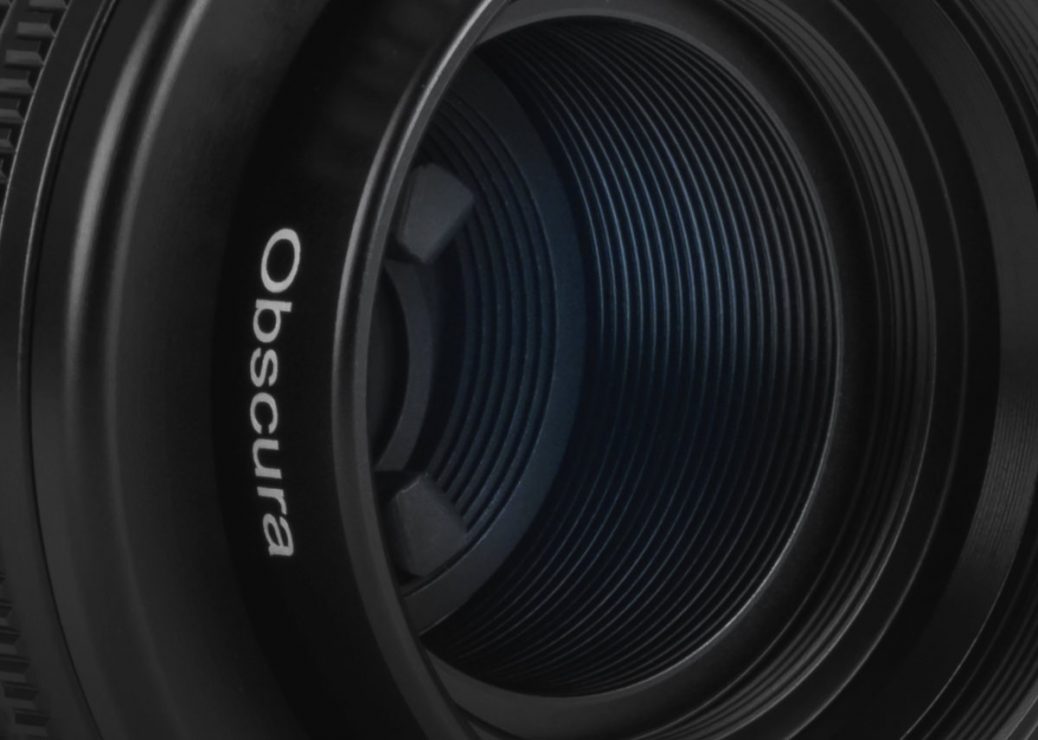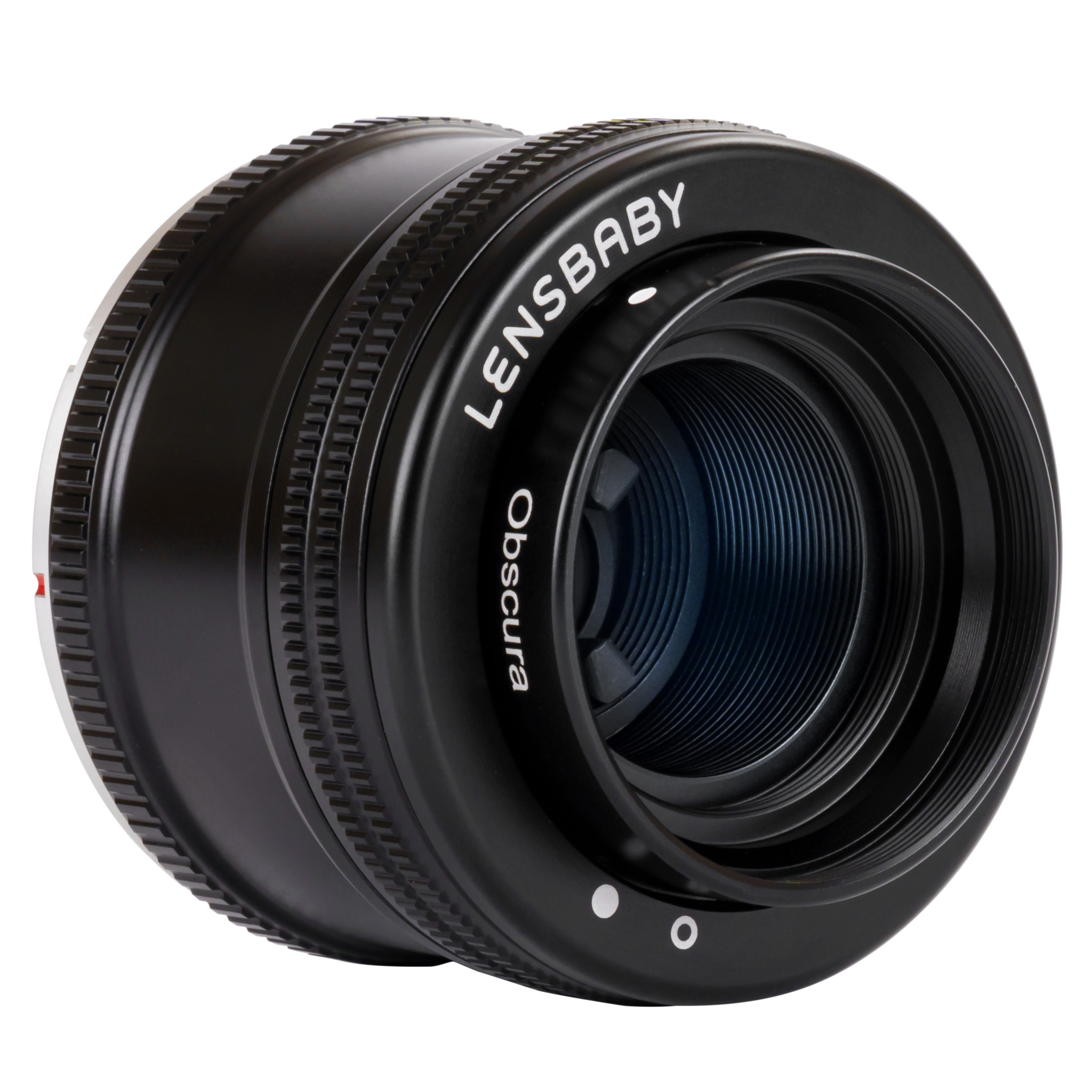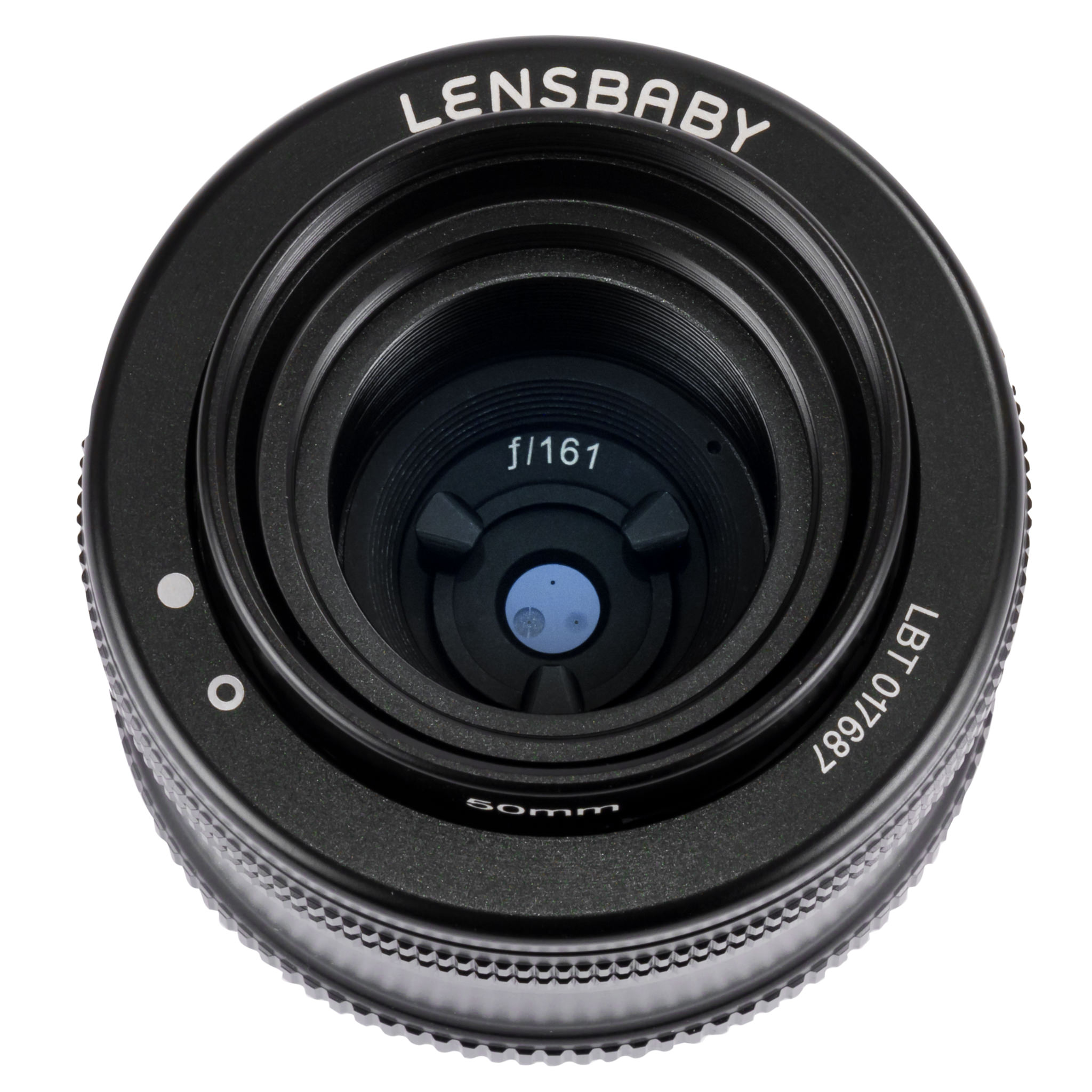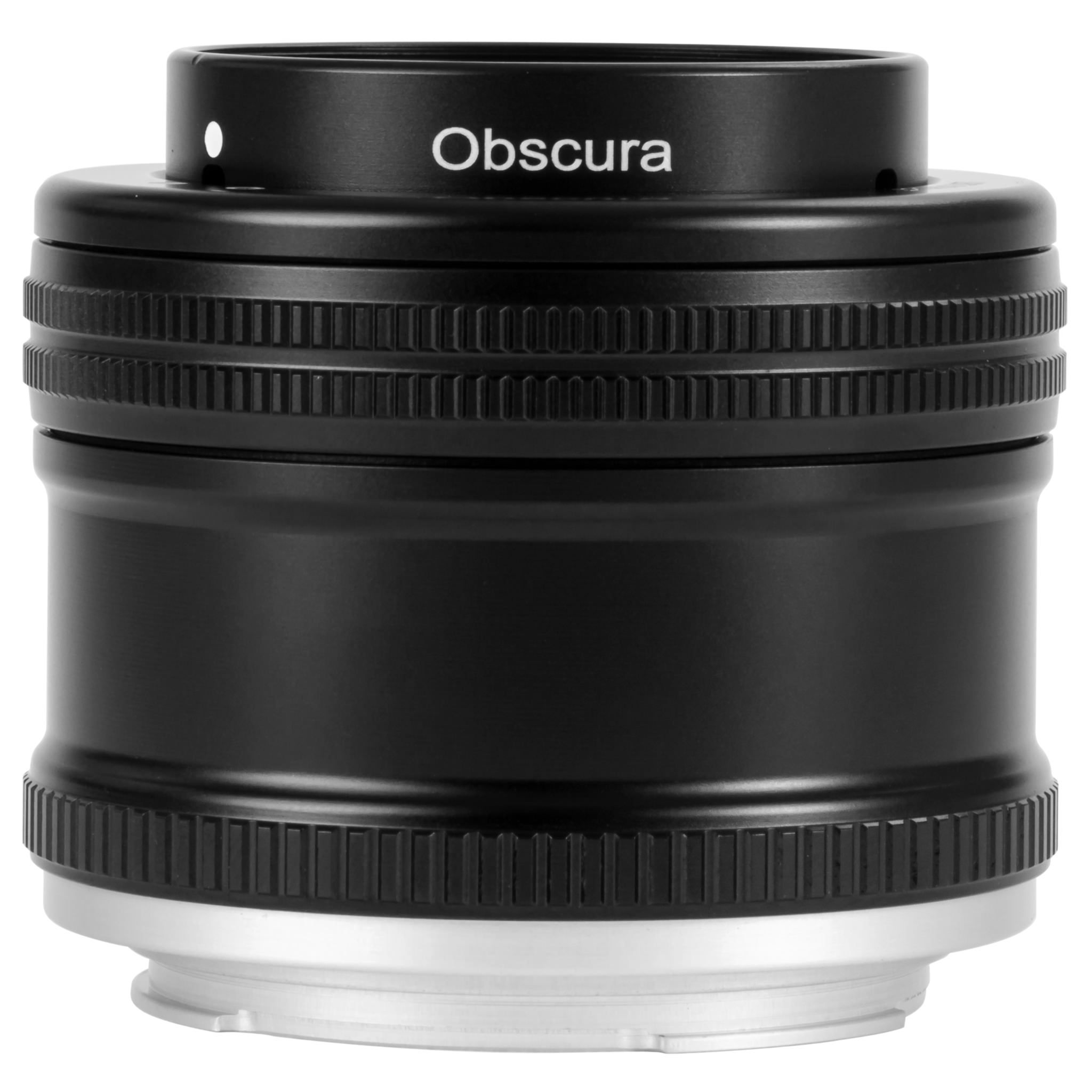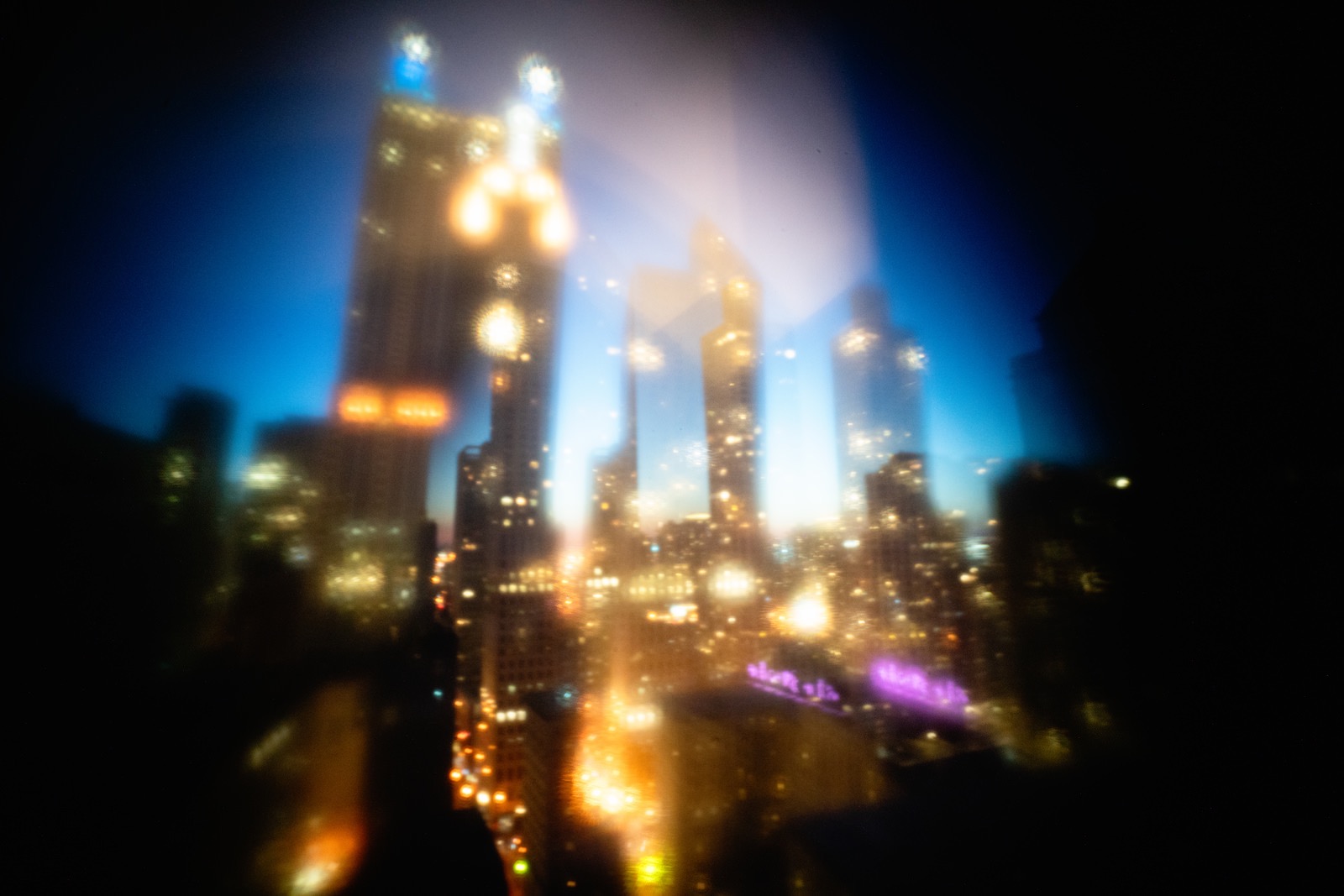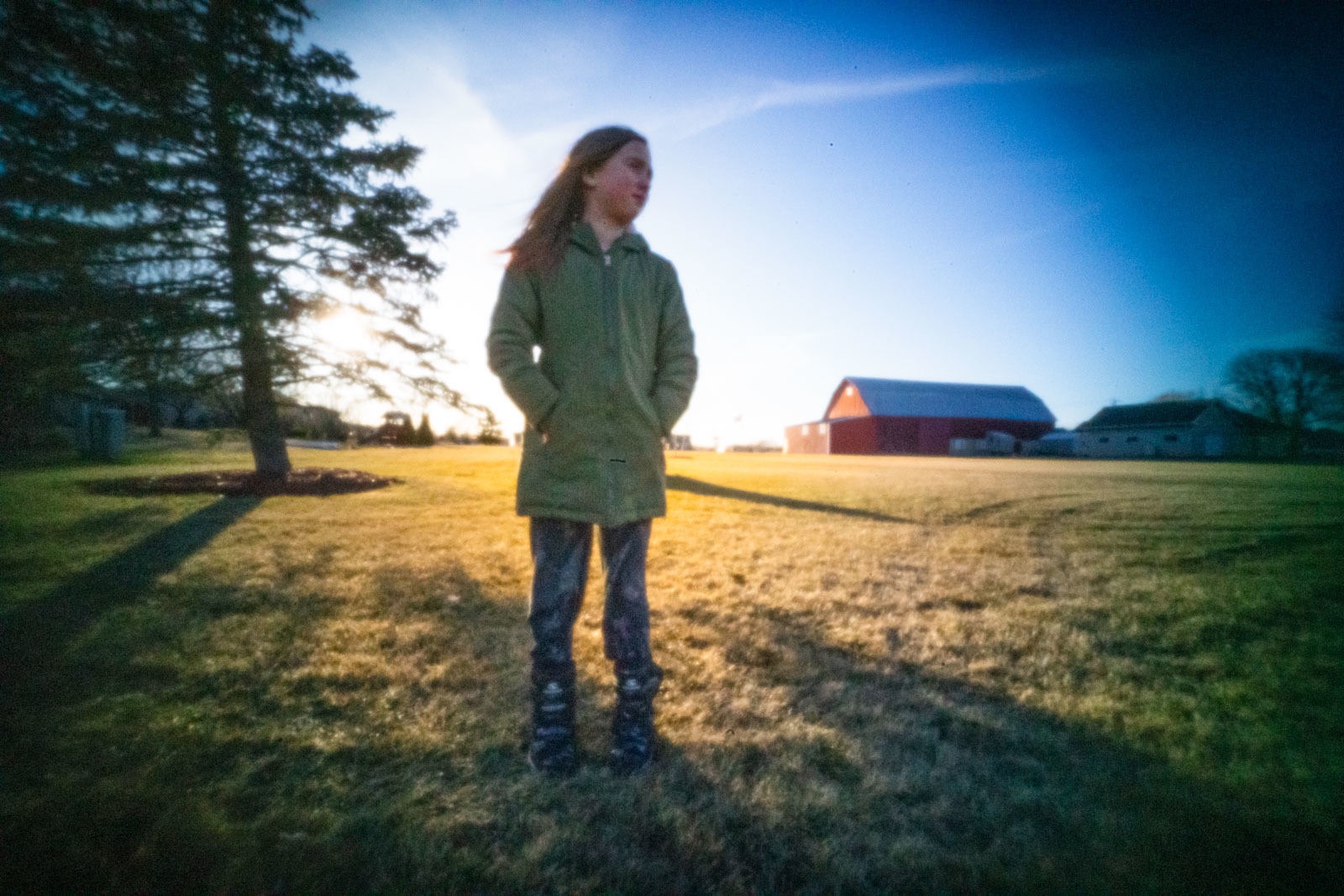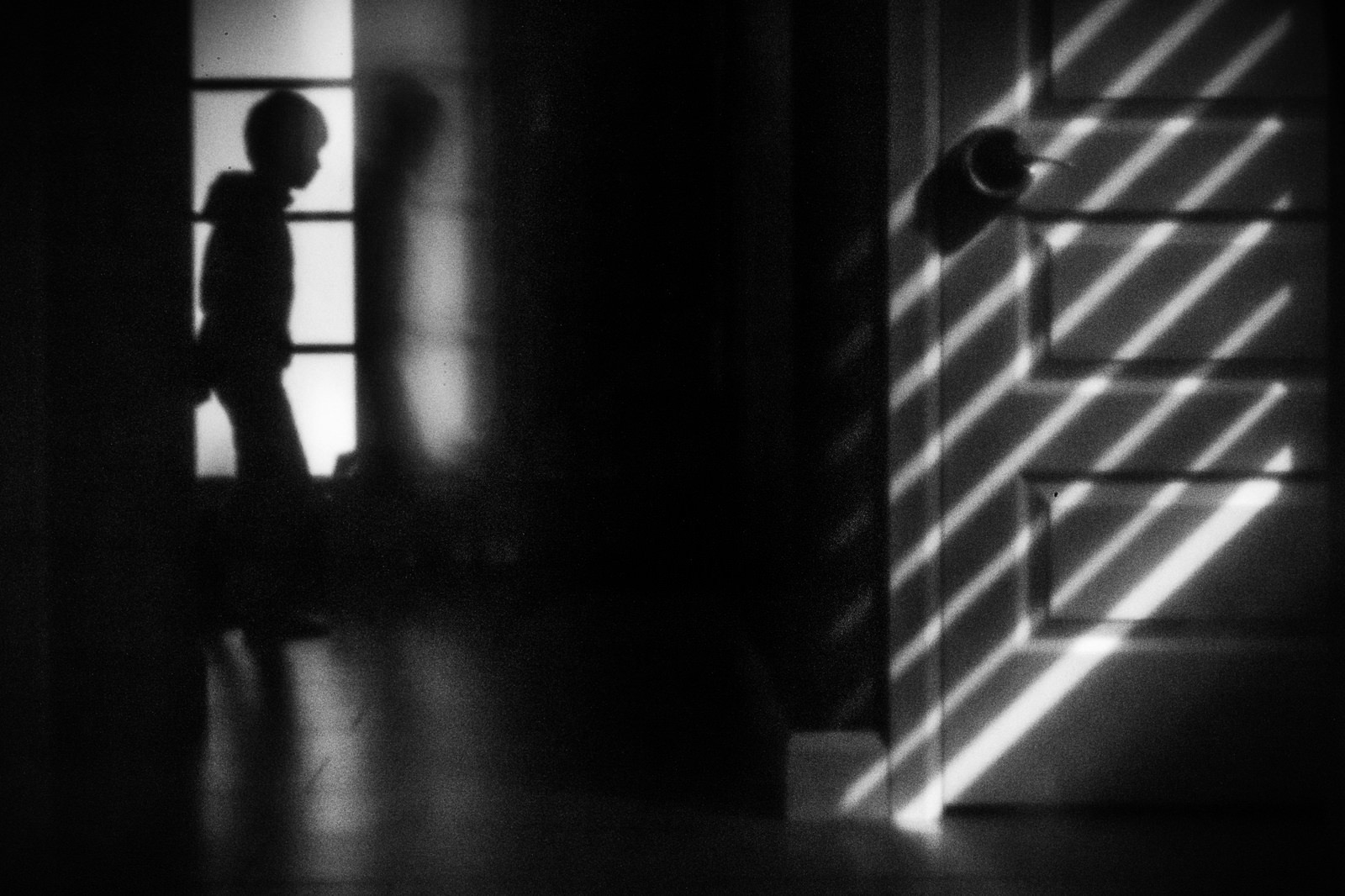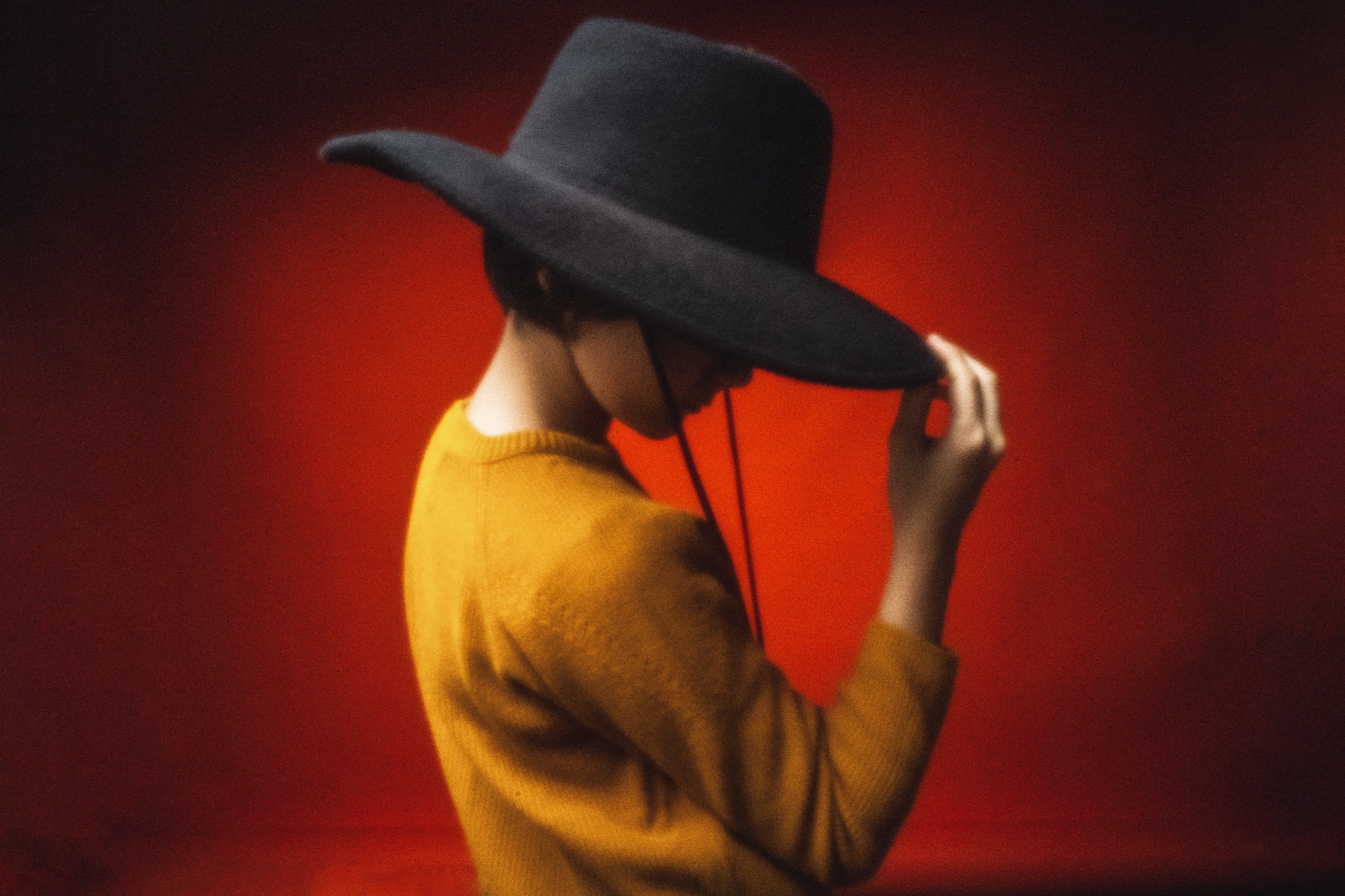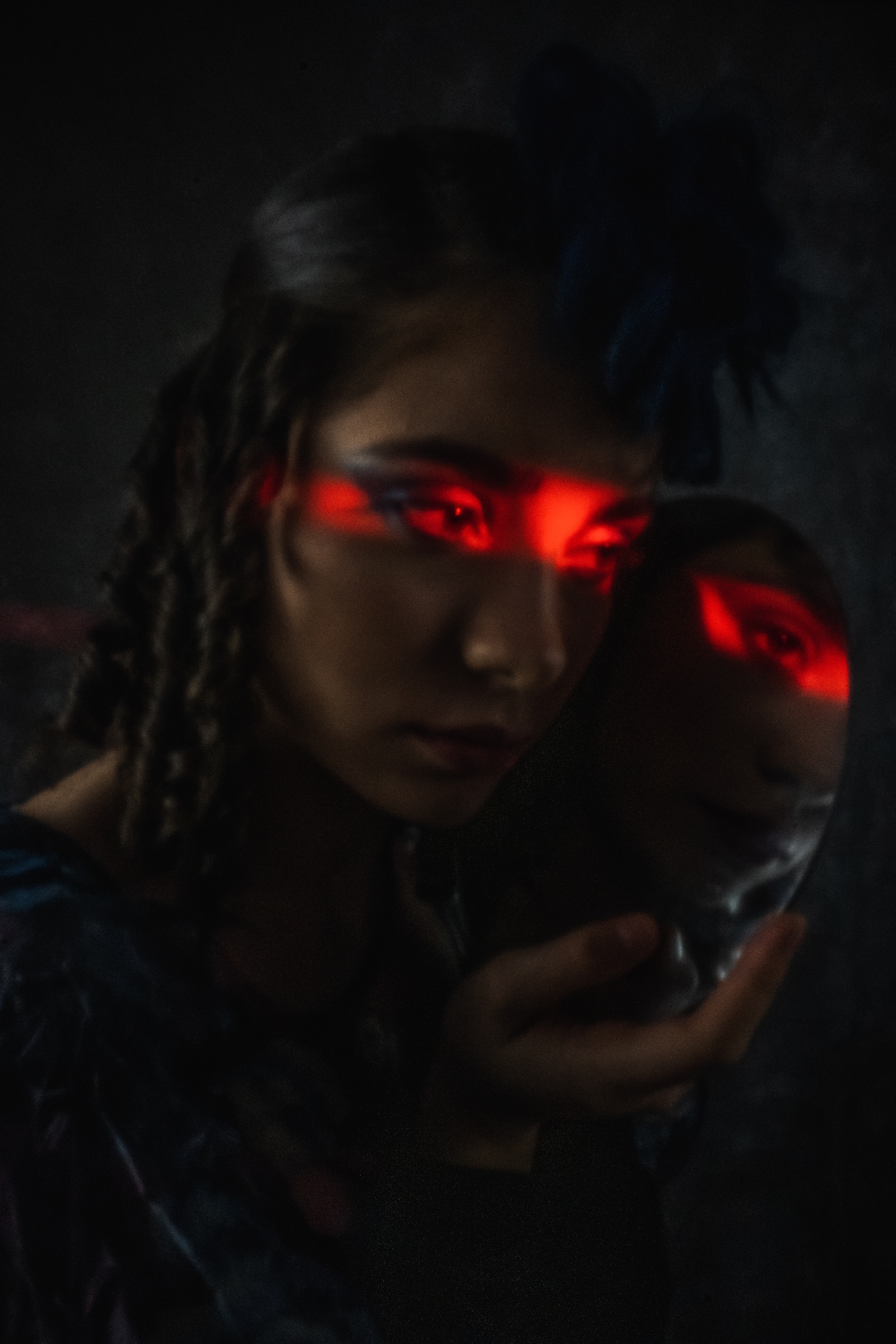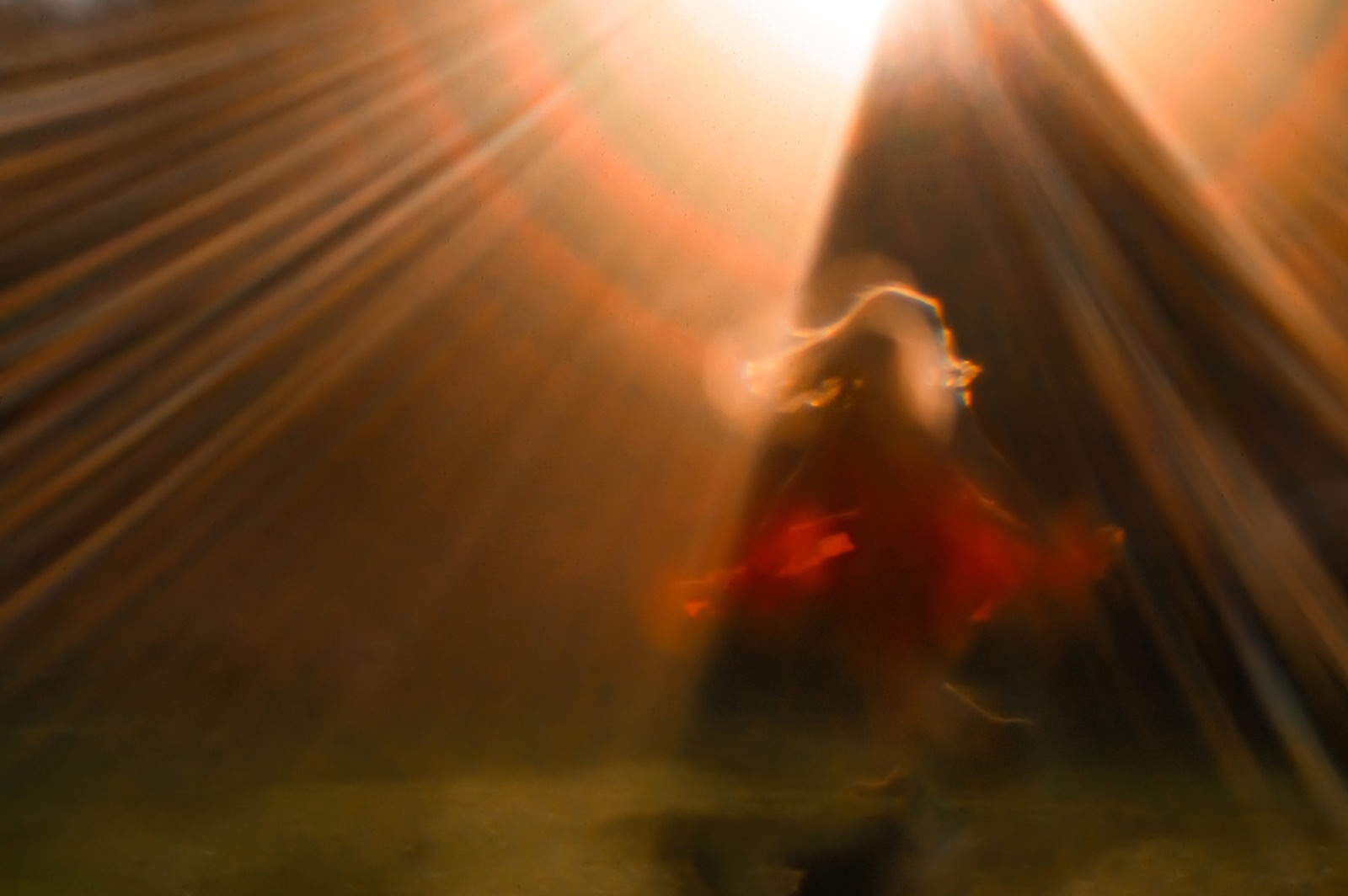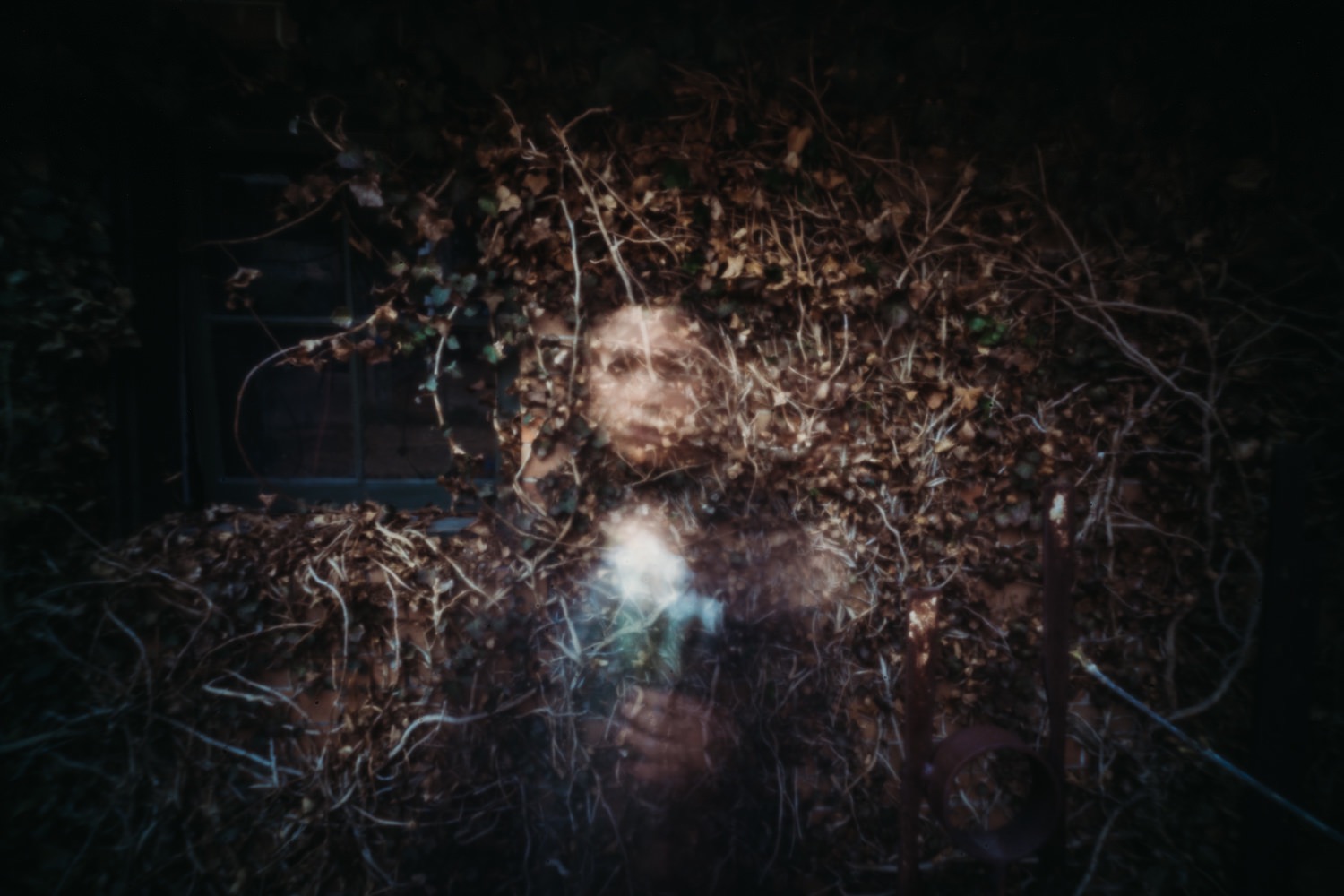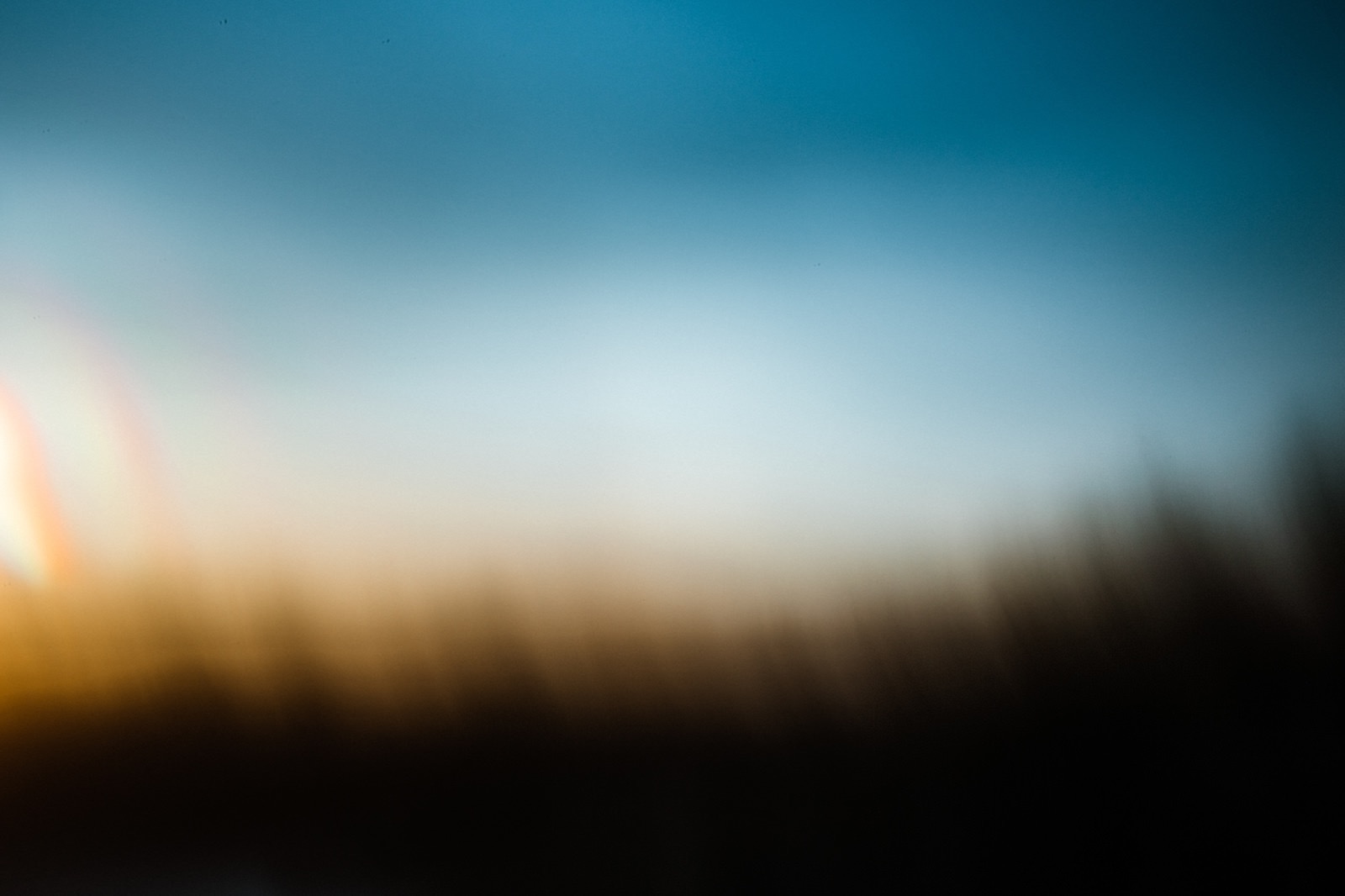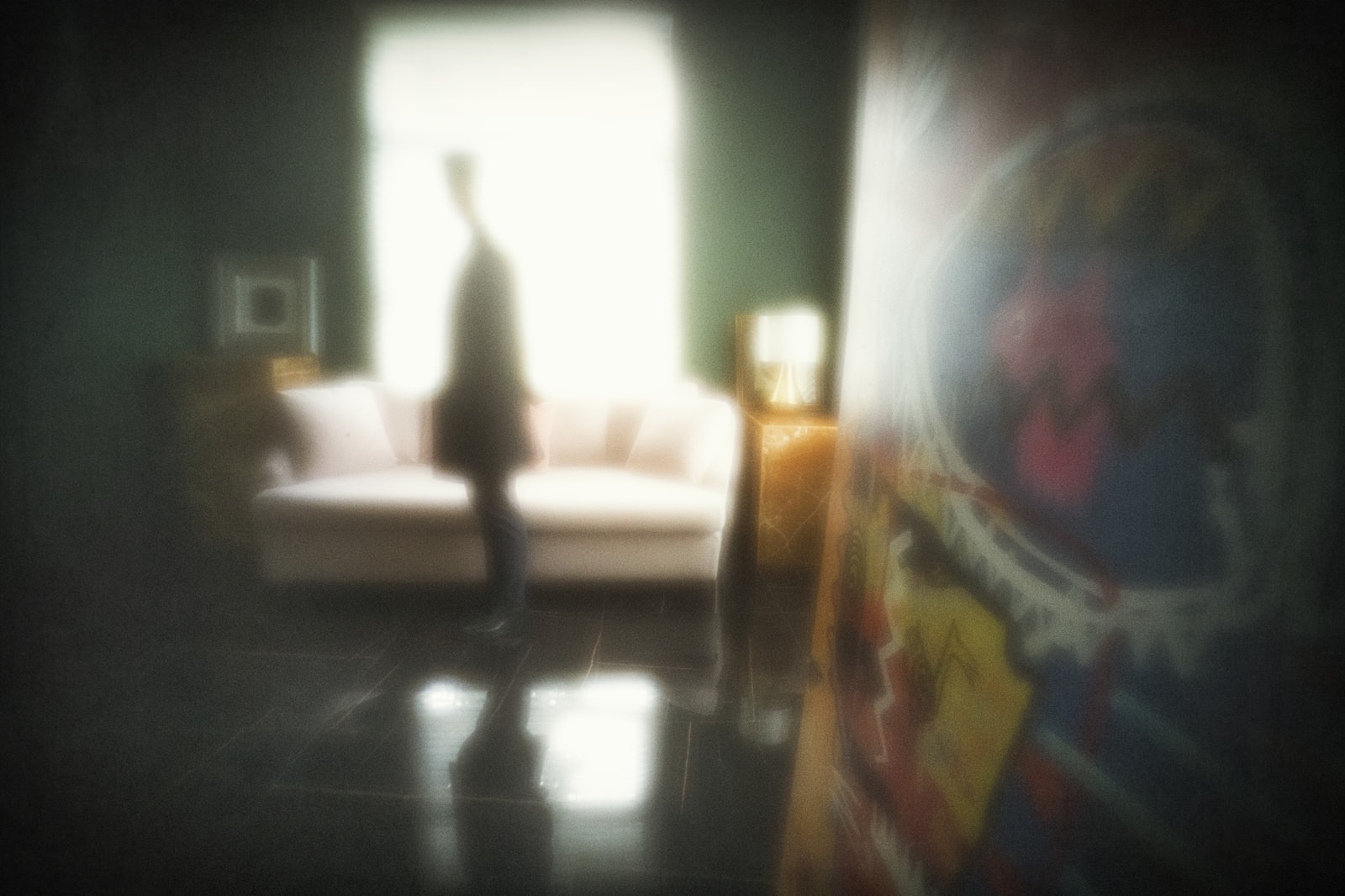Lensbaby Unveils a New Camera Obscura Lens Experience
Lensbaby, a well-known company for making unconventional lenses and unique optics, has announced its latest one: a three-in-one pinhole-type optic called Obscura. As Lensbaby Co-founder Craig Strong puts it, the Obscura lens will “break photography” for anyone who uses it because it opens new doors for a photographer to rediscover what it means to create photographic art by seeing composition, leading lines, and contrast in ways they may never have before. In fact, Lensbaby Obscura is a modern twist on pinhole photography that allows photographers to use digital cameras to capture images like what you might get from an actual pinhole camera.
The Obscura lens is based on the camera obscura, “a darkened room with a small hole or lens at one side through which an image is projected onto a wall or table opposite the hole” which dates back to the fourth century BCE and is one of the earliest image projection techniques currently known.
“A pinhole is not, technically, a lens but is a clear, round hole in a thin piece of material, usually metal,” the company says. “A pinhole sieve is a field of pinholes with the center pinhole being the largest and increasingly smaller pinholes radiating away from the center. A zone plate is a series of clear circular rings surrounding a center hole with each of the clear zones equaling the area of the pinhole in the center resulting in increasingly thinner zones as you move away from the center of the zone plate.”
But the Lensbaby Obscura isn’t like those other pinhole lenses you may have seen. Technically, it doesn’t have a hole, as the imaging elements are made of multiple delicate layers of chrome deposited on glass. This means no dust, etc., getting onto your camera sensor like a regular pinhole lens lets in. You can clean the glass just like normal. It comes in two versions – an optic swap, a 50mm version for DSLR cameras, and a 16mm pancake version for mirrorless cameras, including Canon RF, Nikon Z, Sony E, Fuji X, Micro Four Thirds, and L mount.
Lensbaby writes, “With a resolution of 128K dpi, this photolithography process not only makes true zone plates with excellent light transmission, it produces perfectly round pinholes and precision zone plate zones.” Unlike traditional pinhole cameras, which can be quite fragile, Obscura can be cleaned in the same way as any camera lens.
“Pinhole photography taught me to see composition, contrast, leading lines, and the shape of things in ways that led me to make some of my most powerful images,” says Craig Strong, Co-Founder and Chief Creative Officer at Lensbaby, Inc. “We created the Obscura so that you could learn and grow while using a technologically advanced pinhole lens with options. It’s the Lensbaby twist to old-world imagery.”
The Obscura 50 has a 50mm focal length, as evidenced by its name. The Zone Plate has an f/32 aperture. The Pinhole Sieve is smaller still, at f/64. Finally, the Pinhole has an aperture of f/161. The minimum focus distance also varies across the three versions, ranging from 0.27m to 0.001m. Unsurprisingly, Obscura is a manual focus system.
Obscura 16, the standalone pancake ‘lens’ Obscura product, has the same three parts, Zone Plate, Pinhole Sieve, and Pinhole, with f/22, f/45 and f/90 aperture values, respectively. Minimum focusing distances range from 0.6m to 0.05m.
“We created the Obscura so that you could learn and grow while using a technologically advanced pinhole lens with options. It’s the Lensbaby twist to old-world imagery,” the company says.
Here a sample gallery of images captured with the Lensbaby Obscura lenses:
Obscura 50 is available now for Canon EF and Nikon F mounts. It costs $280. Obscura 16 is available for many more mounts, Canon RF, Nikon Z, Sony E, Fuji X, Micro Four Thirds, and L mount, and costs $250. The Obscura Optic is $180.
More info on Lensbaby’s website.

